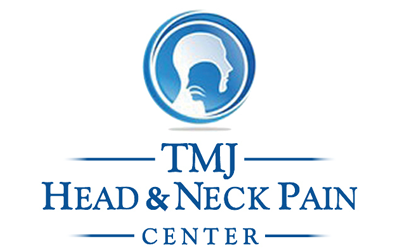- Schedule an Appointment Today
- (310) 231-5100
- drjelisha@gmail.com
Methods to Eliminate TMJ Los Angeles
What Every Person Living With TMJ/TMD Should Know
December 20, 2019Balance and Disorders of the Inner Ear
December 20, 2019Imagine you have a consistent headache for days on end. Coupled with that, you have developed an extreme sensitivity to light. Also, you’re starting to have difficulty hearing out of one of your ears. A visit to a medical website might tell you to consult a doctor over concerns about a brain tumor. On closer examination, though, you discover you have TMJ. At the Michigan Head & Neck Institute, we are dedicated to assisting you in finding the right TMJ treatment to help you feel good and productive at work or around the house again.
What Is TMJ?
A good question to ask your TMJ doctor after receiving this diagnosis is, “what is TMJ?” This acronym refers to the Temporomandibular joints. The lower jaw (mandible) hinges on a joint close to the temple: thus TMJ. These are your jaw joints, of which there are two. Problems with your joints can occur in your left side, right side or both. Most complications commonly happen when you open and close your mouth or move your jaw in a sideways motion. As such, chewing can be a constant trigger for TMJ symptoms.
This disorder can be caused by many different external and internal triggers. At a high level, injury to your jaw, misalignment of your jaw or muscle strain can cause TMJ. Other potential triggers include grinding your teeth, arthritis in your jaw and excessive stress levels.
What Are the Symptoms of TMJ?
There are many symptoms of this disorder. While not every patient will experience all of them, these are the most common:
- Neck pain or constant headaches
- Jaw pain, especially when yawning or chewing
- Earaches or pain around the ear or behind the eye
- Tightness in the jaw muscles making it difficult to open and close your mouth
- Increased difficulty in hearing
- Becoming dizzy accompanied by blurring vision
- Difficulty swallowing
- Tears without being sad
How Is TMJ Treated?
If you are experiencing TMJ pain, the good news is that there are several effective treatments available. The even better news is that your disorder can often be eliminated without invasive procedures. Most doctors will take a conservative approach to ensure your quality of life isn’t impacted too severely.
A starting point for TMJ treatment is calming the muscles down and then exercising. Your doctor can prescribe a series of exercises that are designed to exercise your jaw and stretch the muscles surrounding your joints. Also, they will demonstrate how to massage the muscles around the joints to allow them to relax. In addition to this self-administered physical therapy, heat can be applied which can further relax your jaw and neck muscles.
In conjunction with this physical therapy, your doctor will discuss how you can develop healthy habits in your life that will mitigate your symptoms. Some bad habits that should be exercised out of your life include grinding or gritting your teeth, biting with excessive force and incorrect posture during the day.
Gaining popularity in TMJ treatment is the use of an orthotic device. This device is essentially an adjustable, corrective mouthpiece. This mouthpiece is designed to fit your mouth and can be adjusted to make micro-corrections in the alignment of your jaw. Over time, these adjustments can get your jaw joints to a place where they no longer trigger pain or other symptoms. An example of how an orthotic could resolve headaches, ear pain, eye pain, loss of hearing, dizziness, etc. is this: An individual with back pain, loss of sleep, irritability, etc can have control by a lift in a shoe that controls the imbalance when one leg is shorter than the other, the TMJ orthotic balances the jaw.
Depending on the severity of the pain you are undergoing, the doctor may decide to help relieve the pain while you are undergoing treatment and correction. Your TMJ doctor can administer pain-relief injections which will mitigate the pain and make the treatments more bearable.
Deal With Your TMJ Today
TMJ Specialist Los Angeles
Dr. Jacob Elisha has over 30 years of experience in the field of dentistry, periodontics, and cutting-edge restorative techniques in Los Angeles, CA. Dr. Jacob Elisha is an authority in on TMJ Disorders. He has successfully treated patients with TMJ disorders in Los Angeles in the past and looks forward to the future.
TMJ Disorders. An award-winning oral maxillofacial surgeon and Los Angeles TMJ specialist, Dr. Jacob Elisha is known for providing among the most effective TMJ treatment Beverly Hills has to offer—improving jaw function and delivering permanent relief from chronic pain.
